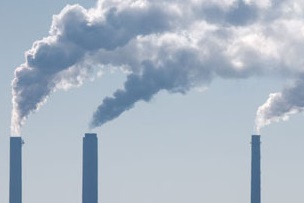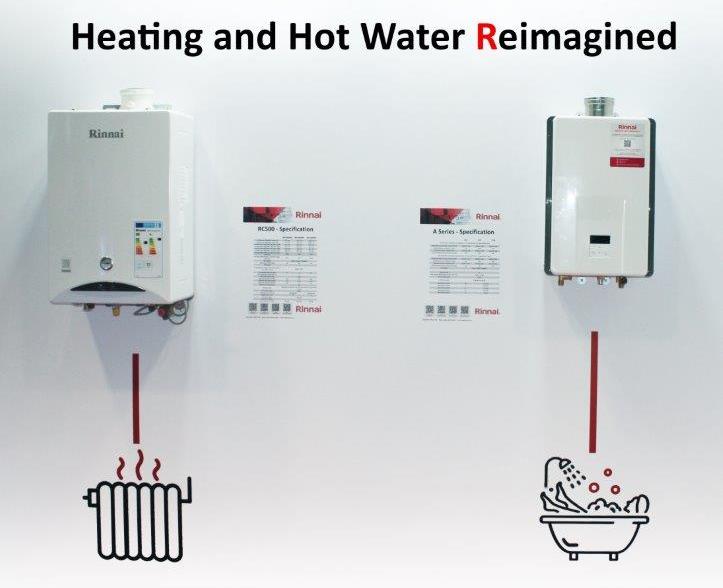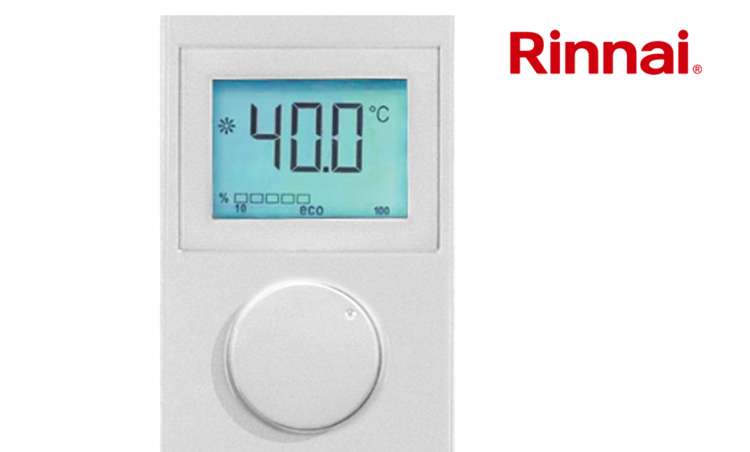EU Falls - Emissions are Tumbling

24 June 2016 | Updated 01 January 1970
Life goes on despite the shock UK vote to leave the EU with the latest figures of its greenhouse gas emissions that continued to decrease in 2014 according to the EU’s annual inventory.
The survey published this week showed there was a 4.1% reduction in emissions to 24.4% below 1990 levels, according to the EU’s annual inventory by the European Environment Agency (EEA).
It is certain that Europe has been able to reduce greenhouse gas emissions ’substantially’ since 1990 and believes it is an important step towards reaching 2030 and 2050 climate targets. “To accelerate the transition towards a low carbon society, we need to further boost our investments in technology and innovation aimed at reducing our dependence on fossil fuels,” stated Hans Bruyninckx, Executive Director, EEA.
The figures come from the EU annual greenhouse gas inventory submitted to the UN. In absolute terms, greenhouse gas emissions have decreased by 1383mt in the EU since 1990, reaching 4282mt of C02 equivalents in 2014.
Mr Bruyninckx saw the latest figures as an important step towards reaching our 2030 and 2050 climate targets. “To accelerate the transition towards a low carbon society, we need to further boost our investments in technology and innovation aimed at reducing our dependence on fossil fuels,” he commented.
Factors involved
The reduction in greenhouse gas emissions over the 24-year period was due to a variety of factors, including the growing share in the use of renewables, use of less carbon intensive fuels and improvements in energy efficiency as well as to structural changes in the economy and the economic recession.
Demand for energy to heat households has also been lower as Europe on average has experienced milder winters since 1990 which has also helped reduce emissions according to an analysis linked to the inventory.
Other findings in the report included:
-
The overall reduction of 24.4% in greenhouse gas (GHG) emissions, 23% including international aviation, was accompanied by a 47% increase in GDP.
-
GHG emissions decreased in the majority of sectors between 1990 and 2014. Emission reductions were largest for manufacturing industries and construction (-372mt), electricity and heat production (-346mt) and residential combustion (-140mt).
-
Not all sectors were able to reduce emissions. Road transport, responsible for the largest increase in CO2 emissions, grew by 124mt from 1990-2014 and 7mt from 2013-14.
-
Emissions from international transport (aviation and shipping) which are not included in national totals reported to UNFCCC, also increased substantially between 1990 and 2014 (93mt).
-
Emissions of hydrofluorocarbons (HFCs) which is a group of GHG gases used in the production of cooling devices, e.g. air conditioning systems and refrigerators, also increased (99mt).
-
EU GHG emissions were cut by 185mt between 2013 and 2014 (4.1%). The reduction in emissions was mainly due to lower heat demand by households due to the very warm winter in Europe. The increase in non-combustible renewables, particularly from wind and solar power also contributed to lower emissions in 2014.
The inventory is the official submission of the EU to the United Nations Framework Convention on Climate Change (UNFCCC). It also constitutes the official submission of the EU plus Iceland under the second commitment period of the Kyoto Protocol. In autumn, the EEA will publish early estimates for the 2015 emissions in the EU and also a trends and projections report, looking ahead to assess progress against emissions targets.
Picture: EU greenhouse emissions are continuing to fall according to its latest inventory
Article written by Mike Gannon | Published 24 June 2016

.gif)
.gif)

.png)


.gif)


.png)

.png)
.jpg)





.jpg)



